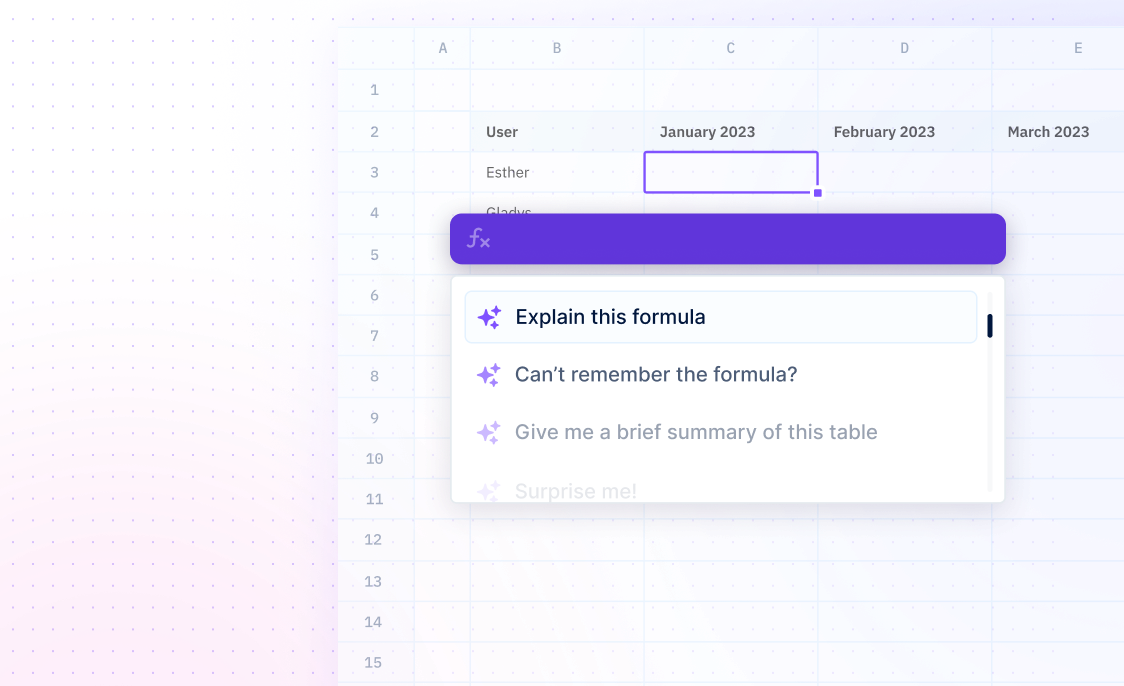
YIELD
Formulas / YIELDCalculate the periodic interest yield on a security.
=YIELD(settlement, maturity, rate, pr, redemption, frequency, [basis])
- Settlement - the date at which the security is purchased or sold
- Maturity - the date at which the security expires
- Pr - the security's price
- Redemption - the security's redemption value at maturity
- Basis - the type of day count basis used
- Actual/actual - a day count basis that counts actual days
- European 30/360 - a day count basis that counts 30 days per month and 360 days per year
Examples
=YIELD(C9,C10,C7,F5,C6,C12,C13)The YIELD function can be used to calculate the yield to maturity of a security. This will return the yield to maturity of the security, which is 8.00% when formatted with the percentage number format.
=YIELD(C9,C10,C7,F5,C6,C12,C13,1)The YIELD function can be used to calculate the yield to call of a security.This will return the yield to call of the security, which is the yield the security would generate if it was called on the call date. The result will be displayed in percentage format.
=YIELD(C9,C10,C7,F5,C6,C12,C13,2)The YIELD function can be used to calculate the yield on a Treasury bill. This will return the yield on the Treasury bill, which is the yield the bill would generate if it was held until maturity. The result will be displayed in percentage format.
=YIELD(C9,C10,C7,F5,C6,C12,C13,3)The YIELD function can be used to calculate the yield on a zero coupon bond. This will return the yield on the zero coupon bond, which is the yield the bond would generate if it was held until maturity. The result will be displayed in percentage format.
Summary
The YIELD function enables users to calculate the bond yield of a security by entering the relevant dates using the DATE function. It is important to use the correct dates to ensure accurate results.
- The YIELD function returns the interest earned on a security that pays periodic interest.
- The basis argument of the YIELD function allows users to control how days are counted in the data set.
Frequently Asked Questions
What is YIELD Function?
What are the arguments of YIELD Function?
- Settlement – the security's settlement date
- Maturity – the security's maturity date
- Rate – the annual coupon rate for a security
- Pr – the price per $100 face value of the security
- Redemption value per $100 face value – the security's redemption
- Frequency – the number of coupon payments per year
- Basis – determines the type of day count basis to use


